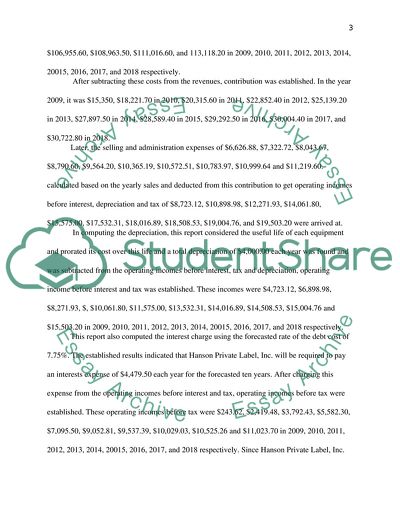Cite this document
(Corporate Finance _ Case study analysis Coursework, n.d.)
Corporate Finance _ Case study analysis Coursework. https://studentshare.org/finance-accounting/1871577-corporate-finance-case-study-analysis
Corporate Finance _ Case study analysis Coursework. https://studentshare.org/finance-accounting/1871577-corporate-finance-case-study-analysis
(Corporate Finance _ Case Study Analysis Coursework)
Corporate Finance _ Case Study Analysis Coursework. https://studentshare.org/finance-accounting/1871577-corporate-finance-case-study-analysis.
Corporate Finance _ Case Study Analysis Coursework. https://studentshare.org/finance-accounting/1871577-corporate-finance-case-study-analysis.
“Corporate Finance _ Case Study Analysis Coursework”. https://studentshare.org/finance-accounting/1871577-corporate-finance-case-study-analysis.


